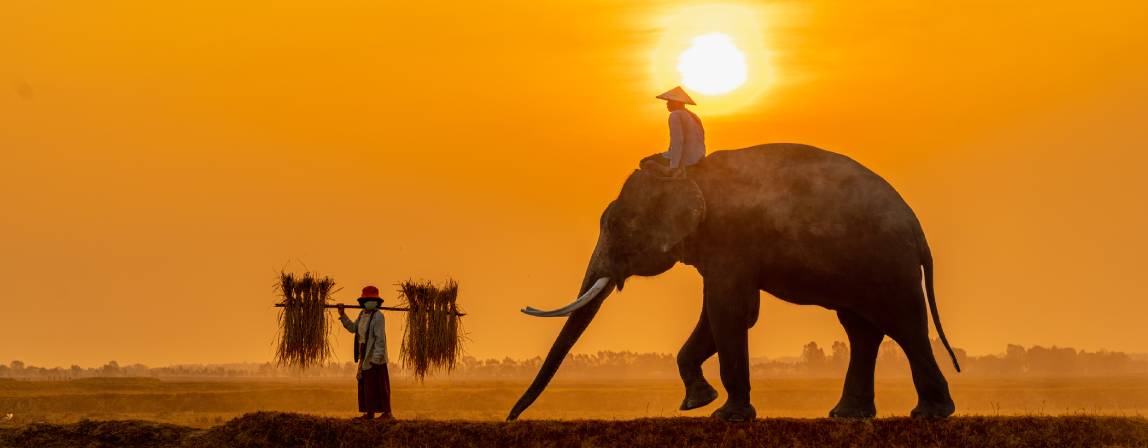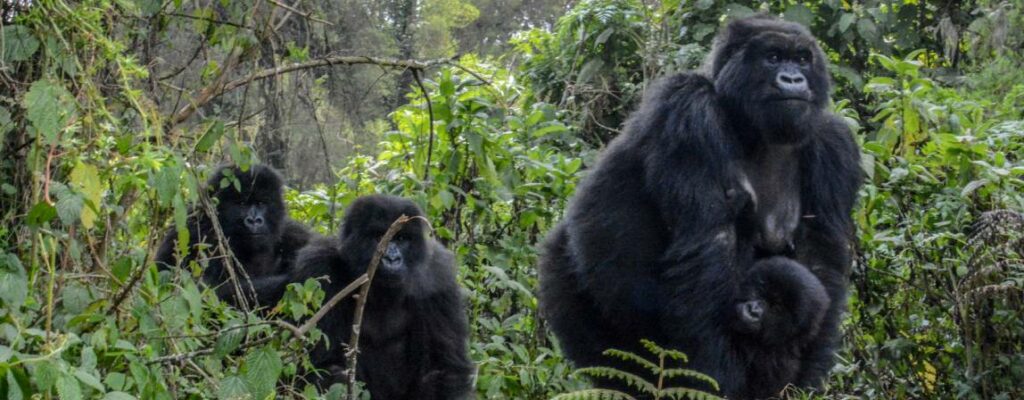Around the world Posted on 2024-07-26 16:24:30
Thematic events
Healthy wildlife leads to healthy biodiversity and functional ecosystems
Keywords
Authors
W.B. Karesh1,3, C. Machalaba1 and M.M. Uhart 2,3
- EcoHealth Alliance
- One Health Institute, University of California Davis
- WOAH Working Group on Wildlife
Corresponding author: W.B. Karesh
The designations and denominations employed and the presentation of the material in this article do not imply the expression of any opinion whatsoever on the part of WOAH concerning the legal status of any country, territory, city or area or of its authorities, or concerning the delimitation of its frontiers and boundaries.
The views expressed in this article are solely the responsibility of the author(s). The mention of specific companies or products of manufacturers, whether or not these have been patented, does not imply that these have been endorsed or recommended by WOAH in preference to others of a similar nature that are not mentioned.
Wildlife, environmental and human health are interconnected: impacts can compromise natural balances and the health and function of ecosystems. Thus, healthy wild animal populations have broad and substantial benefits; for example, via pest control, pollination, food chains, soil productivity, biodiversity and reforestation. Wildlife are often sentinels for ecosystem health in cases of pollution and other threats. A well-developed national animal health programme that incorporates wildlife is a crucial tool for managing wildlife health risk and ensuring biodiversity conservation.

https://doi.org/10.20506/bull.2024.1.3507











